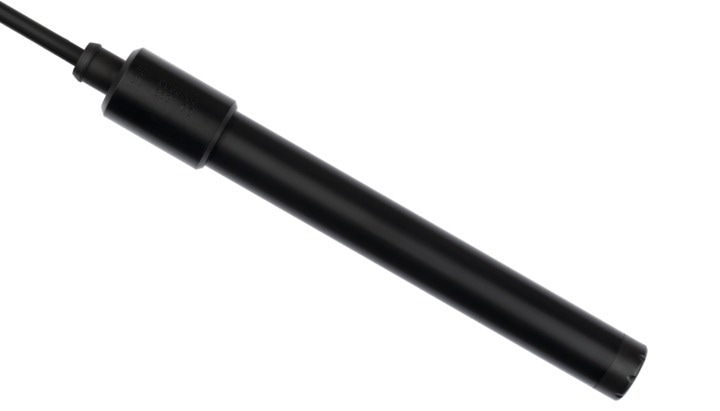Numerous industries rely upon dissolved oxygen (DO) to keep biological organisms alive. This article explores how DO sensors can be utilized in water treatment, fish farming, and environmental monitoring applications.

Image Credit: Hamilton Process Analytics
In water treatment, aerobic bacteria are used to digest organic matter. Raw water is transferred into vast aeration ponds. DO sensors are submersed below these ponds to control the flow rate of air injection into the liquid.
Proper aeration is required to preserve bacteria health and manage the cost of operating these air blower systems (which account for 40 to 60 % of the electrical expense of the facility).
Pollutants, algae blooms, and seasonal changes can alter oxygen levels in fish farming. Fish require oxygen levels above four to five parts per million to survive – levels below this can cause die-off and loss of the fish stock. Therefore, DO must be frequently measured to guarantee proper aquatic health and operational profitability.
Numerous applications for DO measurement exist in environmental monitoring. Facilities that manufacture pulp and paper, steel, and chemicals use enormous volumes of water in their production procedures. These sites have in-house water treatment processes to eliminate pollutants before the effluent water is transferred back to the local source.
According to government regulations, the DO levels of the effluent must be high enough to avoid damaging the river or lake that collects the treated water.
In the applications mentioned above, the dissolved oxygen sensor is typically submerged below the surface. A long, fixed cable transmits the sensor output signal to the DO transmitter or process control system.

VisiWater DO P Arc Sensor is designed for submersion with a 10-meter fixed cable. Image Credit: Hamilton Process Analytics
Hamilton offers optical (VisiWater Family) and polarographic (OxySens™) DO sensors for water treatment, fish farming, and environmental monitoring.

This information has been sourced, reviewed and adapted from materials provided by Hamilton Process Analytics.
For more information on this source, please visit Hamilton Process Analytics.